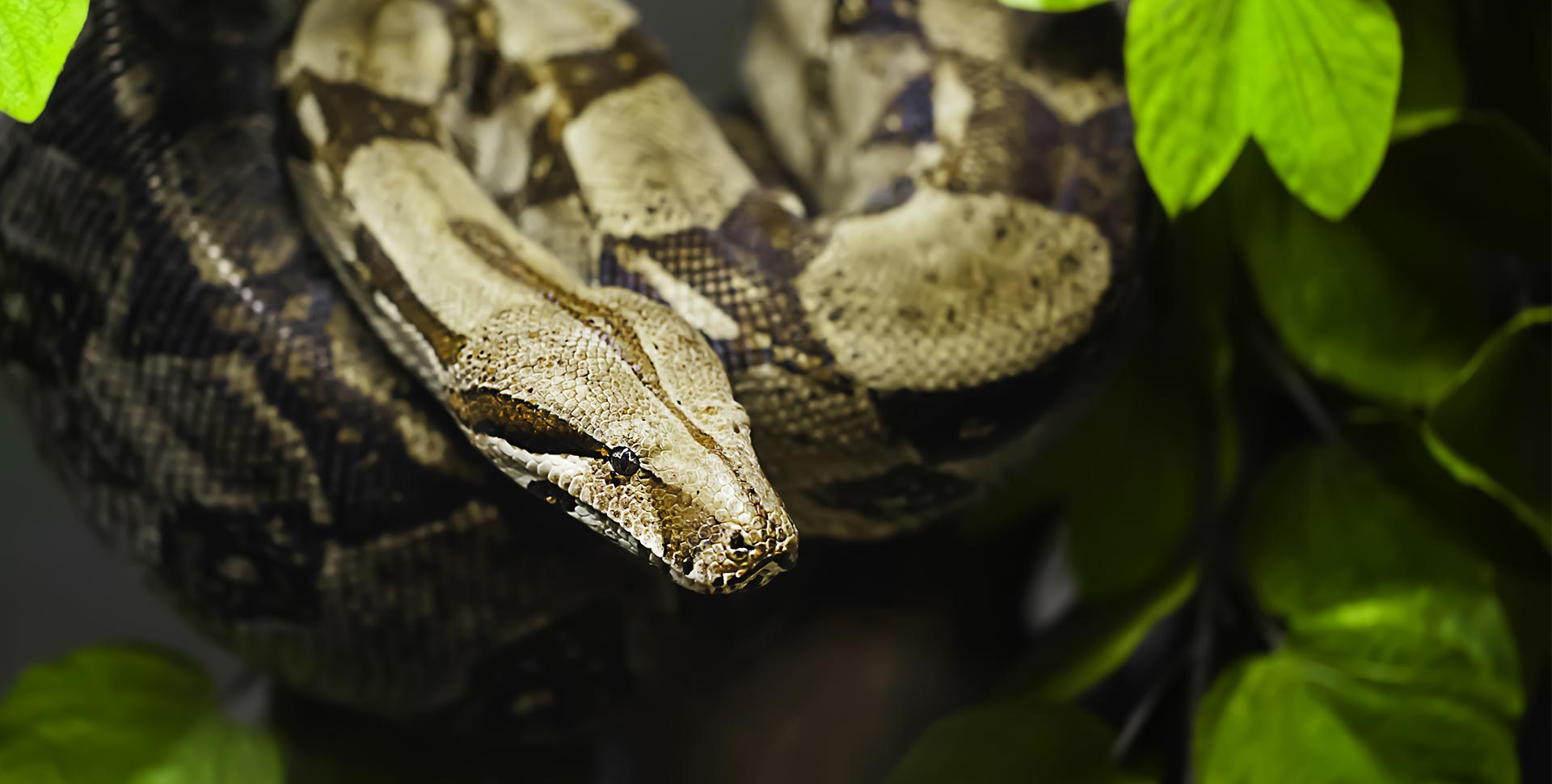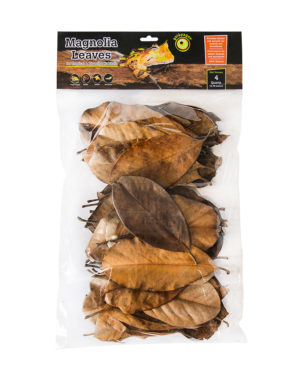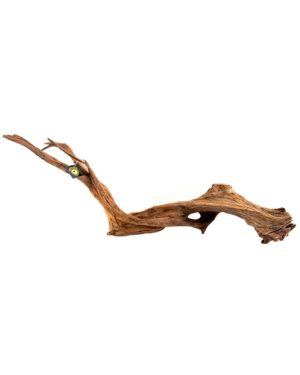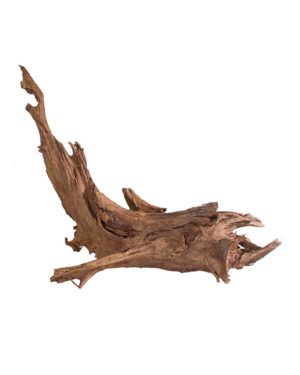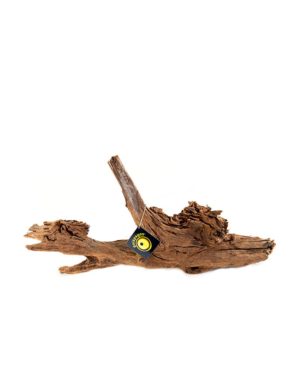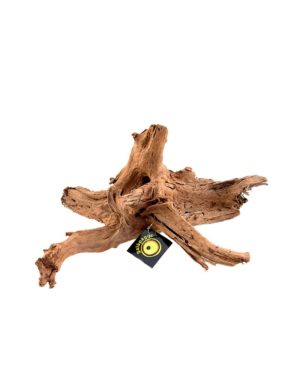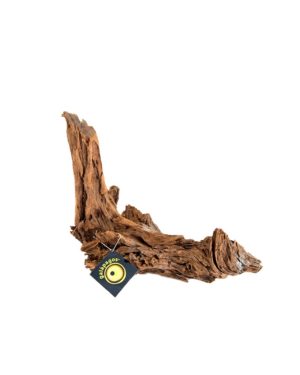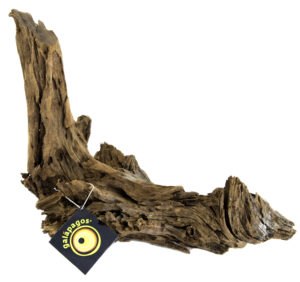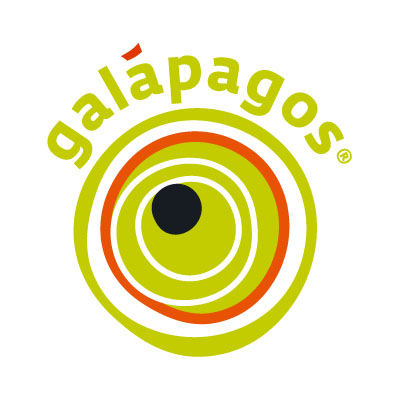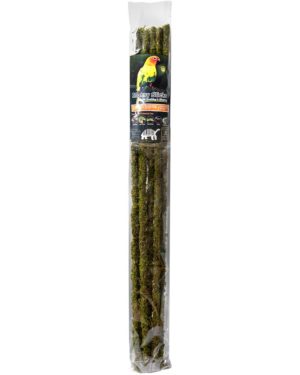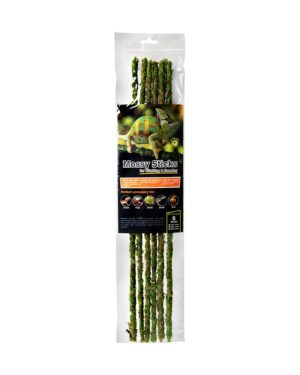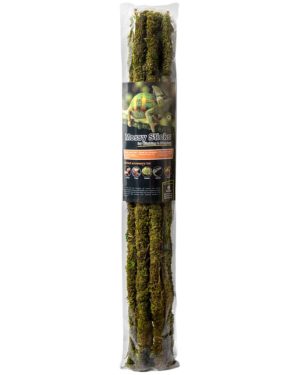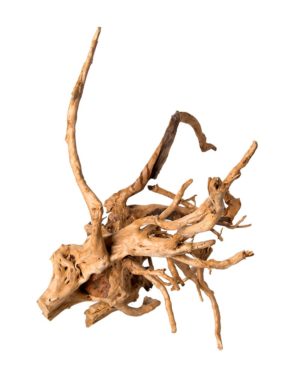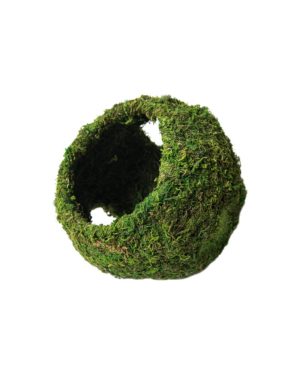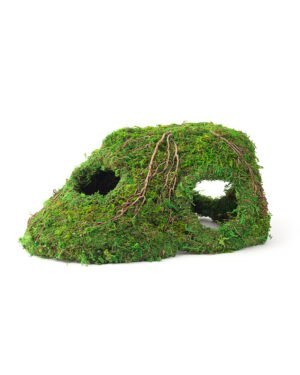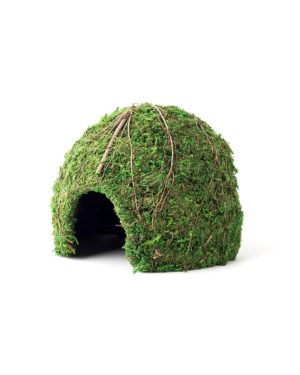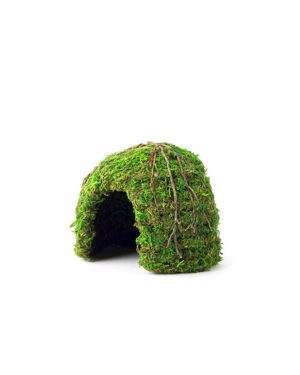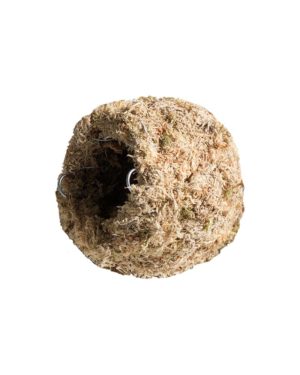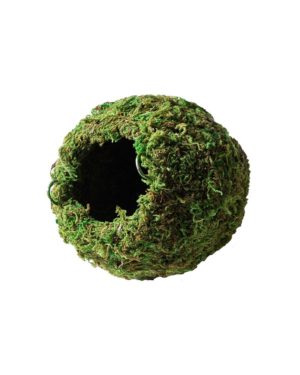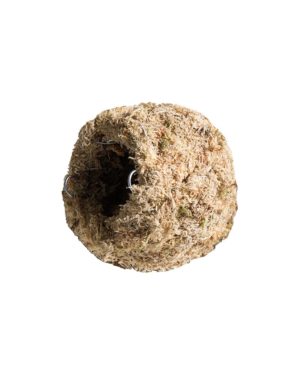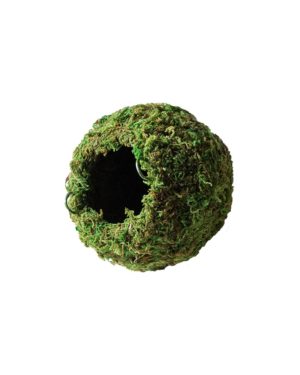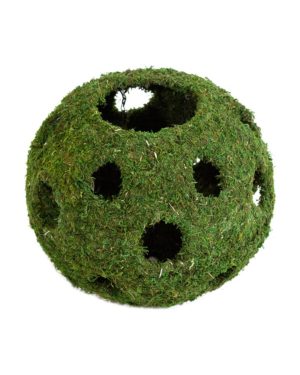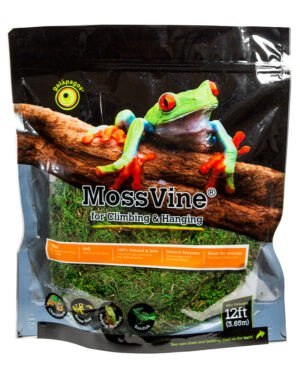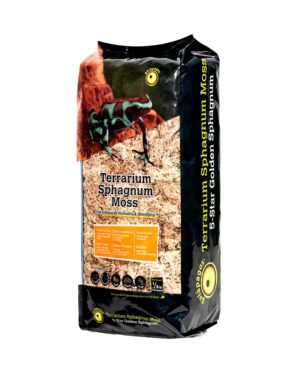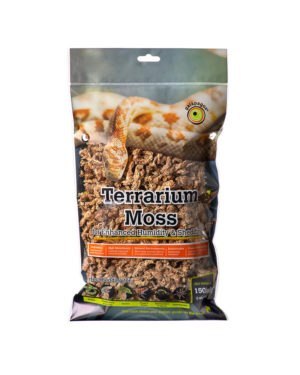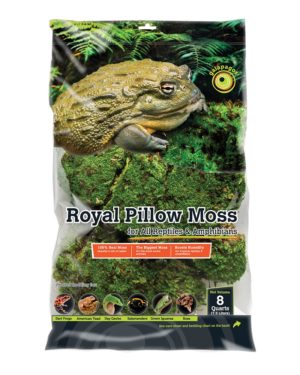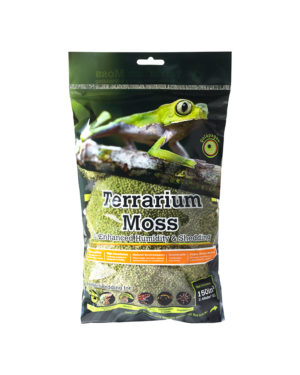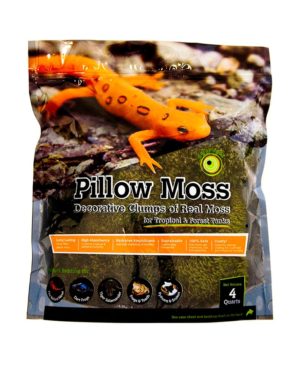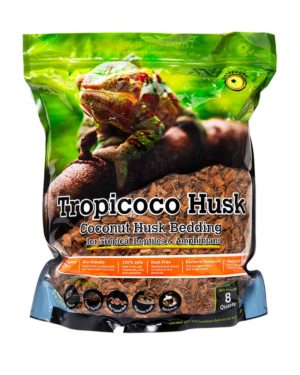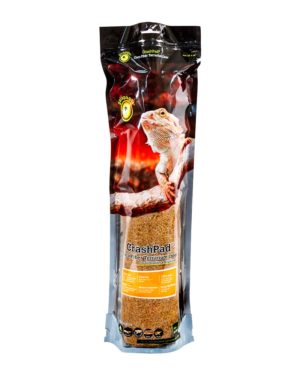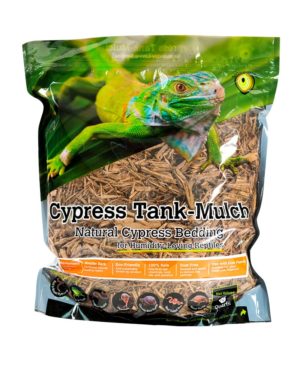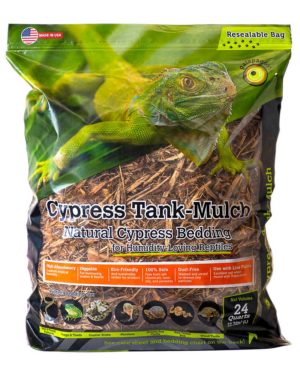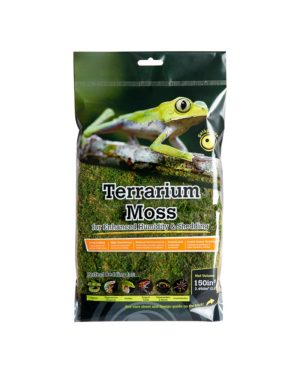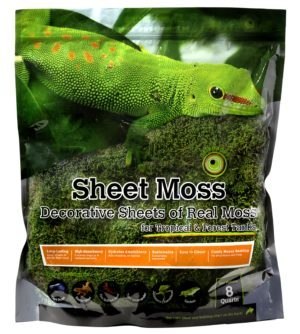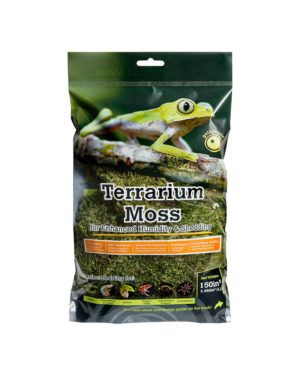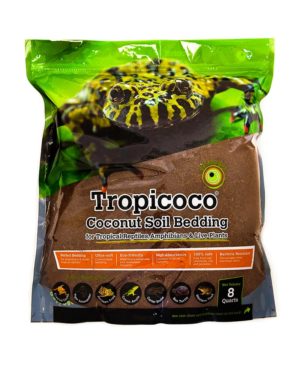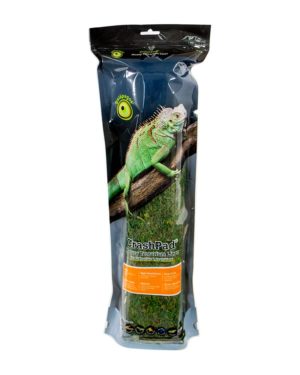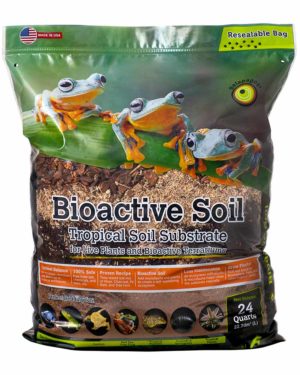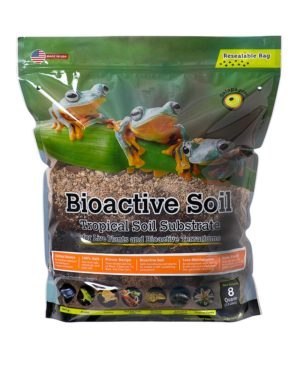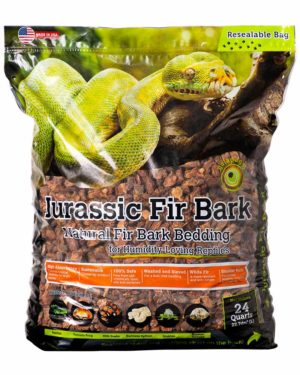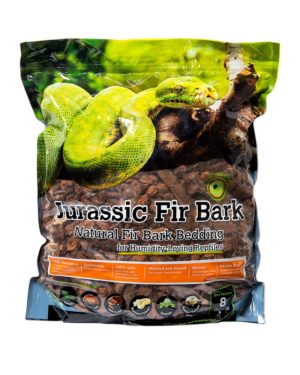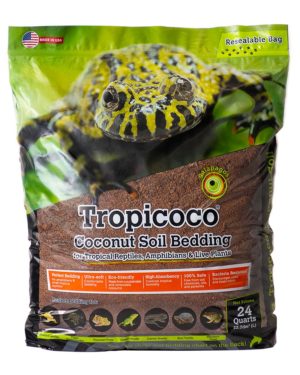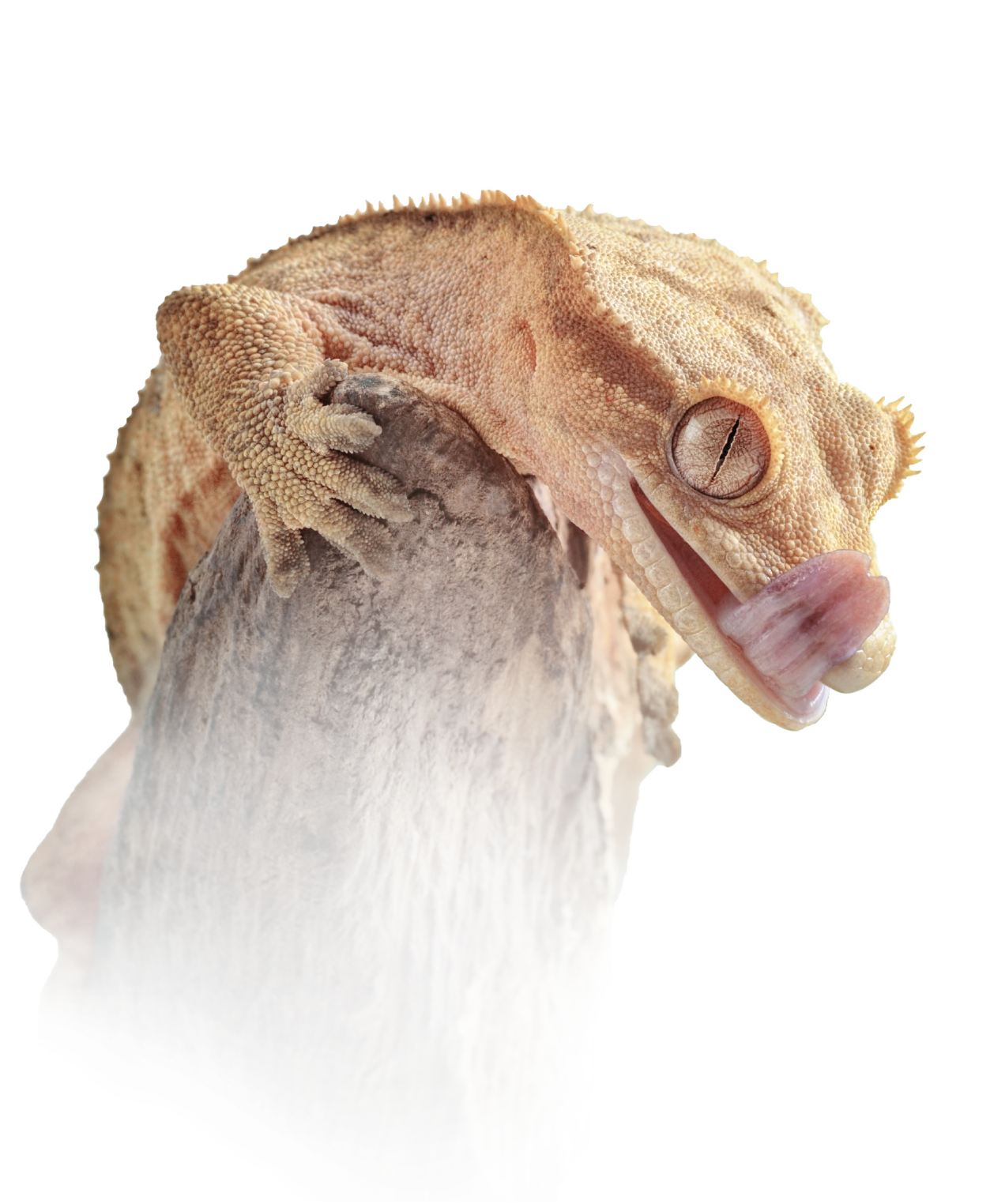Environment
Tropical
Light
Optional
Temperature
75-93 °F
Humidity
60-70%
Most Active
Nocturnal
Lifespan
20-30 years
Size:
Like many species of snakes, males tend to be smaller than females. Adult males range from around 6-8 feet in size. Females tend to average 7-10 feet. However, size is greatly influenced by the subspecies of boa. Smaller subspecies include B. c. longicauda and B. c. sabogae.
Lifespan:
In captivity, with proper care, boa constrictors can live 20-30 years or more. There have been records of boa constrictors even living over 40 years old.
Enclosure:
When designing your boa constrictor’s enclosure make sure to remember that they are native to warm, tropical climates. Hatchlings can be kept in a rack system or 20 gallon tank. Adults should be housed in a minimum of 4ft x 2ft x 2ft enclosures.
Temperature & Humidity
Providing a heat gradient with lows in the mid to high 70s and a basking spot of 88-93 degrees Fahrenheit is very important as reptiles are cold blooded and must be able to regulate their body temperature. Humidity should be kept around 60-70 percent and increased during shedding.
A great way to help control and maintain humidity and make your Boa Constrictor’s enclosure more natural is with mosses. Golden Sphagnum Moss, Green Sphagnum Moss, Sheet Moss, Pillow Moss, and Royal Pillow Moss are all excellent at storing and maintaining humidity.
Lighting
Lighting is not necessary but can be used if desired. However, only use lightning up to 12 hours a day as too much lighting can be stressful.
Feeding
You will want to feed your boa constrictor an appropriate sized rodent every 7-10 days when they are hatchlings or juveniles. “Appropriate sized” meaning the same size as the largest girth of the boa constrictor, normally the boa constrictor’s midsection. Do not handle the boa constrictor for at least a day after feeding so it can properly digest the meal.
Feed adult boa constrictors every 3-4 weeks. Boa Constrictors are known for going off feed during winter months so do not be alarmed if your boa constrictor stops feeding for a month or two. Simply keep an eye on the boa’s overall condition and weight. Snakes do not generally eat during shed cycles.
Water
Always provide fresh, clean water for your Boa Constrictor. Make sure to check water daily as snakes will occasionally defecate in their water dish. A water dish large enough to soak in is ideal but the size and style of the water dish is up to you.
Substrate
Newspaper and paper towels are the least expensive bedding but be sure to keep a close eye on temperature and humidity as these options don’t hold up as well as other substrates. Cypress Mulch, Orchid/Fir Bark, and Coco Husk are great naturalistic substrate options that help maintain and control humidity. Aspen is another popular option due to the lower price tag but does not hold humidity as well as its counterparts. Lastly, Coconut Soil is another option that is very good at holding moisture. No matter what substrate you decide to use make sure to keep an eye on humidity as too much or too little can cause problems.
Hides
Providing a safe hiding place for your Boa Constrictor is extremely important to the overall health of your reptile. Boa Constrictors need a secure, dark cave or hide that they can retreat to in order to reduce stress and feel safe. It is best to have two hides in the enclosure with one placed on the hot side and one on the cold side. This is so the Boa Constrictor can properly control its temperature and feel safe no matter which side they choose. There are a variety of hides available on the market (Sapa and Moss Domes are popular naturalistic options).
Decor
After the necessities, Boa Constrictor enclosures can have any variety of decor that help to add enrichment. Spider Wood, Grapevine, and Driftwood are popular climbing implements that provide a different texture and aid in shedding. Natural Stones, Perches, and Vines are also a great addition for general stimulation and enrichment with the added benefit of a naturalistic look.
Interesting Facts:
- There are nine recognized subspecies of Boa Constrictor and many localities within some of these subspecies.
- Although many people call various Boa Constrictors “red-tailed” boas, there is only one true subspecies of red-tail boa (B.c. constrictor) that is found in some areas of South America.
- There are dozens of “morphs” available as pets. Morphs refer to the various colors and pattern mutations such as: albino, leucistic, and anerythristic.
- Boa Constrictors are opportunistic feeders. This means they will eat whenever they can because in the wild they do not know when their next meal will be. This can lead to obesity when kept in captivity.
- Boa Constrictors are primarily terrestrial but will climb if given vertical branches or decor.


